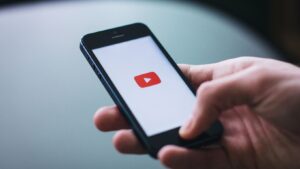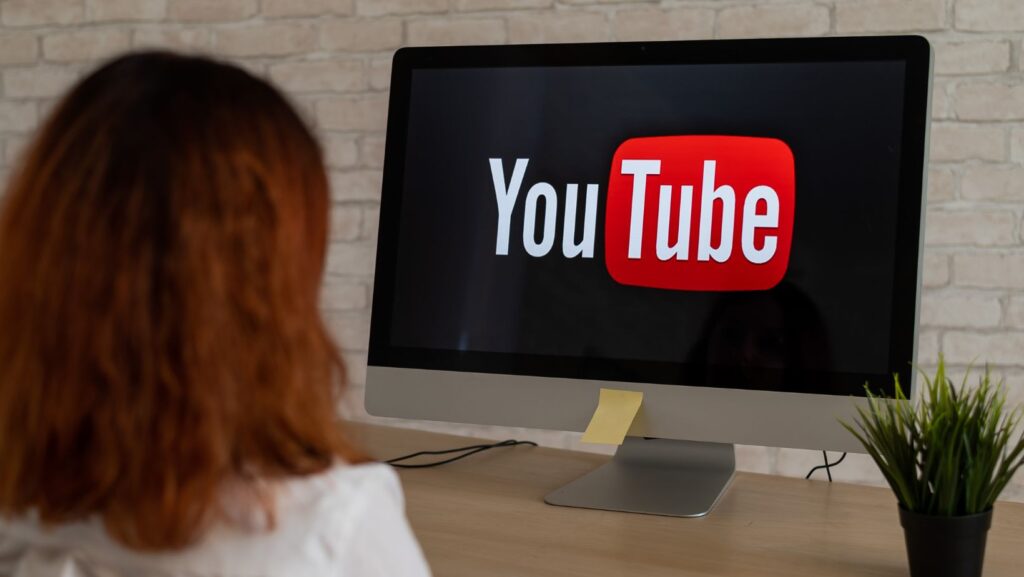In an era dominated by digital media, YouTube stands out as a colossus, reshaping how content is created, consumed, and shared. Launched in 2005, this video-sharing platform has evolved from a repository of amateur videos to a comprehensive hub for professional content creators, gaming influencers, and global brands. It’s not just a site; it’s a culture, influencing everything from pop music to cybersecurity updates and to politics.
App:tfvvwd3c5k8= Youtube
YouTube’s user-oriented features and high streaming quality are essential for both viewers and creators. These attributes ensure a superior user experience and content delivery with the help of mobile devices and PC.
User Interface and Accessibility
 YouTube’s interface is designed to be intuitive and user-friendly, ensuring ease of navigation for all age groups. The platform offers a seamless experience whether one is watching videos, searching for content, or uploading. Accessibility features such as adjustable captions, keyboard shortcuts, and screen reader support make YouTube accessible to users with disabilities, thus broadening its reach and usability.
YouTube’s interface is designed to be intuitive and user-friendly, ensuring ease of navigation for all age groups. The platform offers a seamless experience whether one is watching videos, searching for content, or uploading. Accessibility features such as adjustable captions, keyboard shortcuts, and screen reader support make YouTube accessible to users with disabilities, thus broadening its reach and usability.
Video Quality and Streaming
YouTube supports a variety of video resolutions and formats, ranging from 360p to impressive 8K quality, catering to different internet speeds and data preferences. Adaptive streaming technology optimizes playback in real-time, adjusting video quality based on the viewer’s internet bandwidth, which minimizes buffering and ensures a smooth viewing experience. This technology makes it possible for users to enjoy high-definition content without significant interruptions, irrespective of varying network conditions.
Content Diversity on YouTube
Educational Material
 Educational content on YouTube is vast and varies from formal lecture series to informal tutorials and guides. Institutions like MIT and Stanford upload complete course materials, making high-quality education accessible to anyone with internet access. Additionally, independent educators and experts contribute by creating content on topics like language learning, science experiments, and coding. Channels like Khan Academy, CrashCourse, and TED-Ed are perfect examples of resources that offer free education to millions, enhancing learners’ experiences and understandings.
Educational content on YouTube is vast and varies from formal lecture series to informal tutorials and guides. Institutions like MIT and Stanford upload complete course materials, making high-quality education accessible to anyone with internet access. Additionally, independent educators and experts contribute by creating content on topics like language learning, science experiments, and coding. Channels like Khan Academy, CrashCourse, and TED-Ed are perfect examples of resources that offer free education to millions, enhancing learners’ experiences and understandings.
Entertainment and Vlogs
YouTube’s entertainment section brims with a variety of genres, including music videos, feature films, shorts, and live performances. This platform becomes a stage for both emerging and established artists to showcase their talents globally. Vlogs, or video blogs, further personalize the experience by allowing creators like Casey Neistat and PewDiePie to engage directly with their audiences through regular updates about their personal lives, travels, and hobbies. These vlogs not only entertain but also foster a sense of community among viewers, creating a virtual space where audiences can interact through comments and live streams.
YouTube as a Platform for Creators
Monetization Options
 YouTube provides multiple revenue streams for creators, which incentivizes content production. The platform’s partnership program allows eligible creators to earn money from ads displayed on their videos. Creators must have at least 1,000 subscribers and 4,000 watch hours over the past 12 months to qualify. In addition, YouTube offers features like Super Chat and channel memberships, which let viewers pay directly to interact more closely with creators during live streams or enjoy exclusive benefits, such as custom emojis or badges.
YouTube provides multiple revenue streams for creators, which incentivizes content production. The platform’s partnership program allows eligible creators to earn money from ads displayed on their videos. Creators must have at least 1,000 subscribers and 4,000 watch hours over the past 12 months to qualify. In addition, YouTube offers features like Super Chat and channel memberships, which let viewers pay directly to interact more closely with creators during live streams or enjoy exclusive benefits, such as custom emojis or badges.
Content creators also benefit from YouTube’s merchandise shelf, which integrates with the video platform allowing them to sell branded merchandise directly from their video pages. Moreover, the recently introduced YouTube Shorts Fund allocates $100 million to reward creators making engaging and creative short-form content, thus encouraging diverse video formats.
Community Engagement and Feedback
 Community engagement on YouTube thrives through interactive features such as comments, likes, and shares. These tools enable creators to receive immediate feedback from their audience, fostering a deeper connection and ongoing dialogue. Creators can utilize the live streaming feature to host real-time interactions, addressing viewer comments on the spot and increasing the sense of community among followers.
Community engagement on YouTube thrives through interactive features such as comments, likes, and shares. These tools enable creators to receive immediate feedback from their audience, fostering a deeper connection and ongoing dialogue. Creators can utilize the live streaming feature to host real-time interactions, addressing viewer comments on the spot and increasing the sense of community among followers.
The platform also provides analytics tools that help creators understand viewer preferences, demographics, and engagement patterns. This data is crucial for tailoring content to meet audience needs and optimizing reach. Additionally, YouTube’s algorithm promotes creators’ visibility by suggesting videos to users based on their previous viewing behaviors, further enhancing interaction opportunities.



